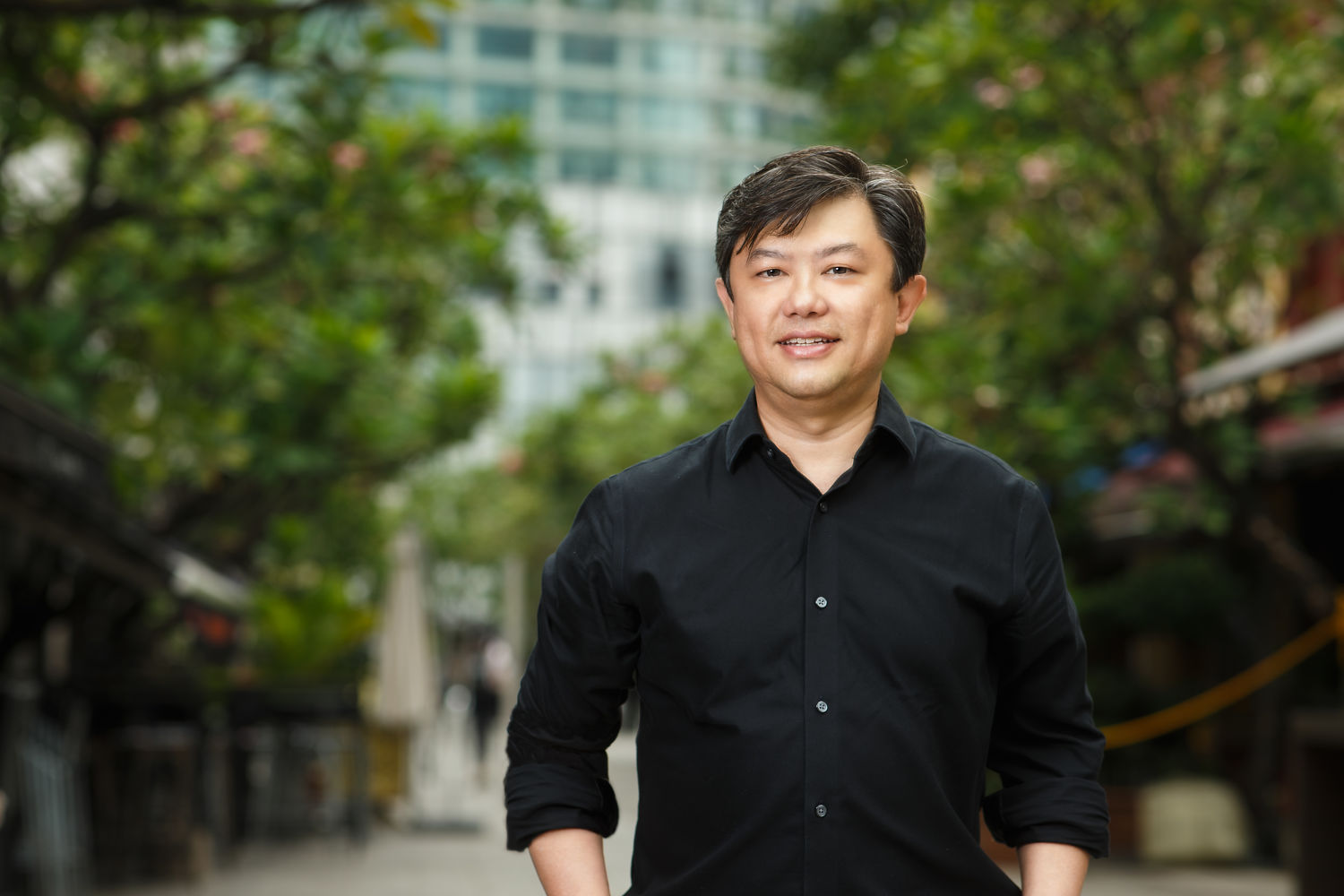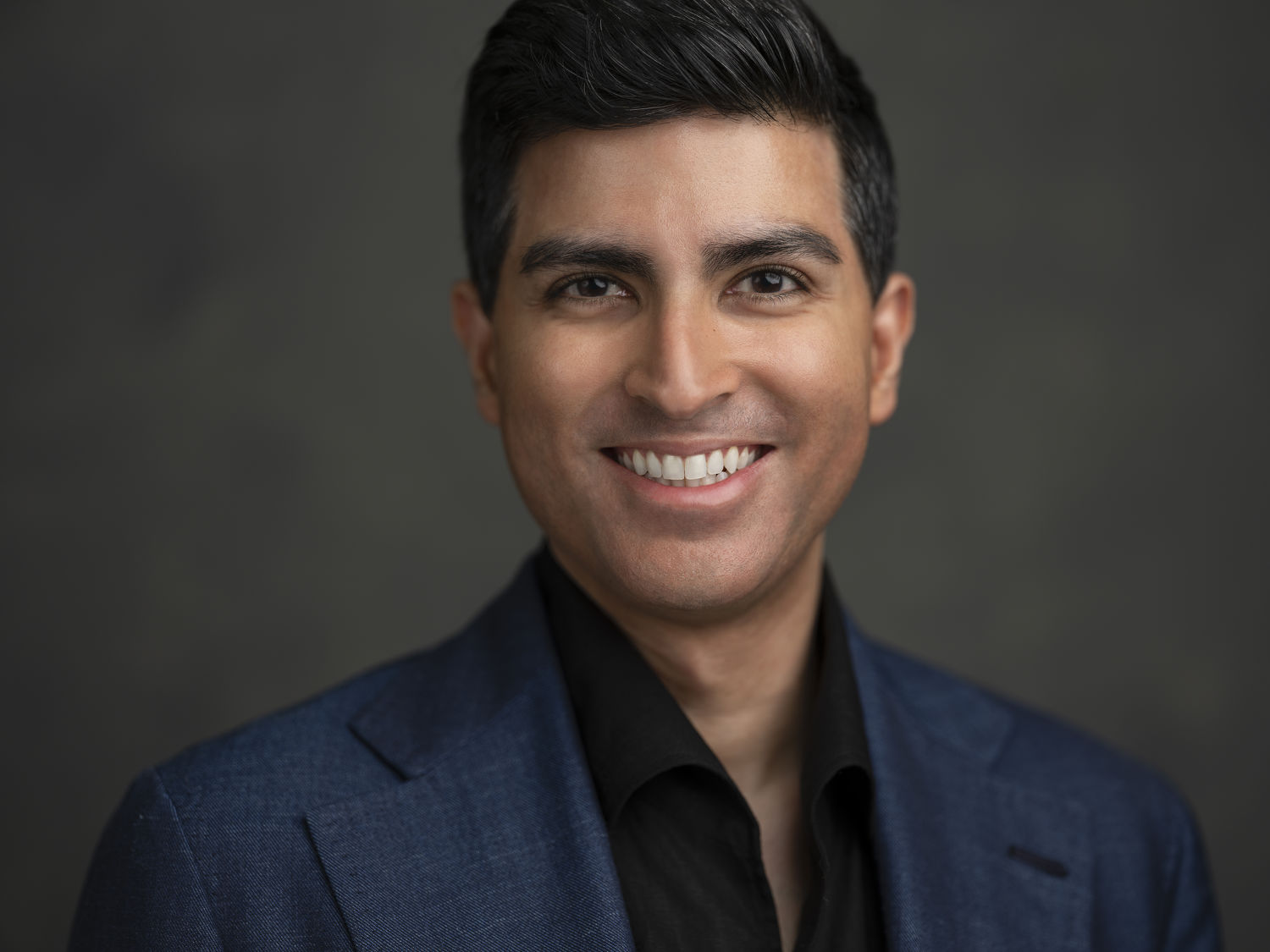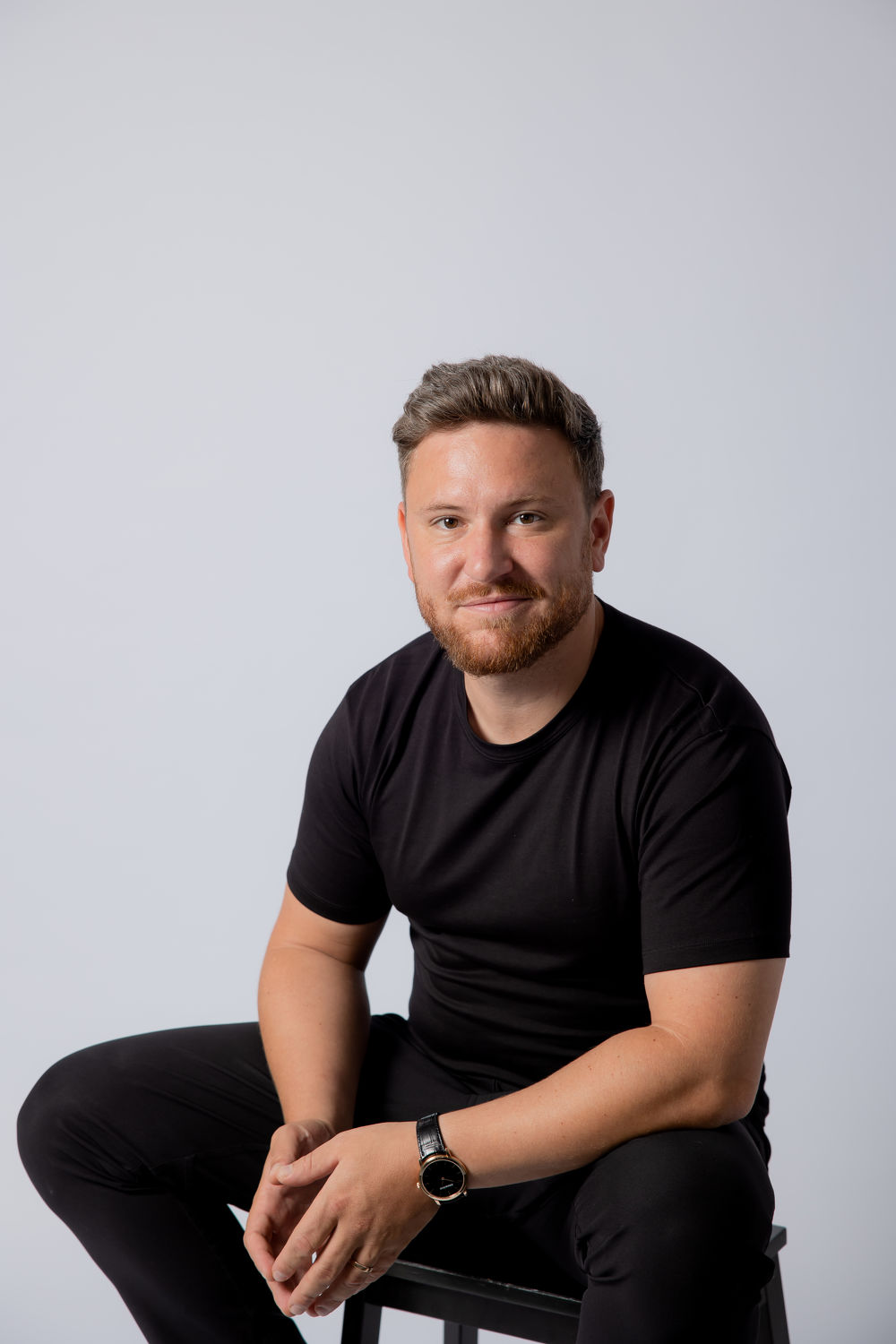Lim of Monk’s Hill Ventures: In this environment, start-ups don’t look like they’re growing as much as they did two years ago when funds were raised, so there’s a good chance VCs will have to sell at a very huge discount. Photo: Monk's Hill Ventures Lim, a managing partner at Monk’s Hill Ventures, one of the first VC firms in Singapore investing in early-stage technology companies, explains that the collision of these two realities spells trouble for peer firms who had to make good on their returns to investors. “If all goes smoothly and a start-up successfully goes public or gets acquired, a VC recoups the funds or, better yet, generates a profit on their investment,” he explains. “But in this environment, companies are not growing as quickly as they did two years ago. They are also not raising new rounds of funding at higher valuations as easily. Many companies may also be distressed or are overvalued and need to be written down.” This means getting “good exits” will be a challenge for these firms, especially those currently deploying their first fund. Lim believes this will be seen as underperformance in the eyes of investors, which affects their confidence in re-investing in a second fund. In turn, it will discourage new investors from participating in future funds due to the lack of a track record of success. “Naturally, this will lead to some of these folks not being able to raise [their next fund] and hence may have to step out as an active investor,” says Lim. Today, global VC investments in 2Q2023 stood at US$77.4 billion across 7,783 deals, the sixth consecutive quarterly decline according to a KPMG report. In Asia, VC investments dropped from US$22.9 billion across 3,148 deals to US$20.1 billion across 2,395 deals between 1Q2023 and 2Q2023.
Harnal of 500 Global: Now that venture in Southeast Asia has matured, its unsurprising that limited partners will concentrate their capital on top quartile managers and funds that deliver “asymmetrically large amount of returns". Photo: 500 Global Vishal Harnal of multi-stage global firm 500 Global, says that it is unsurprising that limited partners (LPs) will concentrate more capital on managers and funds in the top quartile that deliver an asymmetrically large amount of returns, especially now that venture in Southeast Asia has matured. “Venture capital as an asset class is power law-driven,” he says.
The venture capital (VC) world in Southeast Asia will go through a culling, in which newer firms currently deploying their first fund may not be able to raise another in the coming years, resulting in their premature death.
This reality, according to Kuo-Yi Lim of Monk’s Hill Ventures, is the culmination of three factors — too much capital deployment post-pandemic, the plummeting valuations of start-ups, and a climate of caution among investors today.
The low interest rate environment of 2020 and 2021 saw high amounts of capital pumped into the VC ecosystem. A CB Insight Report noted a “new all-time high” in global VC activity in 4Q2021 worth US$621 billion ($853.25 billion). Back then, Asia ranked the top region for the number of VC deals, taking up 36% of the global deal share.
Start-up valuations were soaring although some businesses being valued in the billions have not yet turned a profit. A record of 23 start-ups in Southeast Asia achieved unicorn status — a term referring to privately held companies valued at over US$1 billion.
In 2022, the arrival of rising high inflation, a rapid surge in interest rates, geopolitical tensions and instability in the global banking system burst the bubble.
As it stands, the majority of the VCs in Southeast Asia are primarily invested in the pre-seed and seed stage of funding, with a total AUM of between $10 million and $200 million. They are also most likely to be in their first or second fund, and backed by individuals, family offices and corporates, which Lim describes as “inconsistent VC asset investors”.
Lim of Monk’s Hill Ventures: In this environment, start-ups don’t look like they’re growing as much as they did two years ago when funds were raised, so there’s a good chance VCs will have to sell at a very huge discount. Photo: Monk's Hill Ventures
Lim, a managing partner at Monk’s Hill Ventures, one of the first VC firms in Singapore investing in early-stage technology companies, explains that the collision of these two realities spells trouble for peer firms who had to make good on their returns to investors.
“If all goes smoothly and a start-up successfully goes public or gets acquired, a VC recoups the funds or, better yet, generates a profit on their investment,” he explains. “But in this environment, companies are not growing as quickly as they did two years ago. They are also not raising new rounds of funding at higher valuations as easily. Many companies may also be distressed or are overvalued and need to be written down.”
This means getting “good exits” will be a challenge for these firms, especially those currently deploying their first fund. Lim believes this will be seen as underperformance in the eyes of investors, which affects their confidence in re-investing in a second fund. In turn, it will discourage new investors from participating in future funds due to the lack of a track record of success.
“Naturally, this will lead to some of these folks not being able to raise [their next fund] and hence may have to step out as an active investor,” says Lim.
Today, global VC investments in 2Q2023 stood at US$77.4 billion across 7,783 deals, the sixth consecutive quarterly decline according to a KPMG report. In Asia, VC investments dropped from US$22.9 billion across 3,148 deals to US$20.1 billion across 2,395 deals between 1Q2023 and 2Q2023.
Harnal of 500 Global: Now that venture in Southeast Asia has matured, its unsurprising that limited partners will concentrate their capital on top quartile managers and funds that deliver “asymmetrically large amount of returns". Photo: 500 Global
Vishal Harnal of multi-stage global firm 500 Global, says that it is unsurprising that limited partners (LPs) will concentrate more capital on managers and funds in the top quartile that deliver an asymmetrically large amount of returns, especially now that venture in Southeast Asia has matured.
“Venture capital as an asset class is power law-driven,” he says.
See also: Syfe completes US$80 mil Series C, bringing total funding to date to US$132 mil
How to judge a VC’s performance?
Two key metrics are used to judge how well a VC is doing. The first metric is the multiple on invested capital (MOIC), used to describe the value or performance of an investment relative to its initial cost.
“In the early years of a venture fund, MOIC demonstrates the health of your business and your growth rate, and hence the value of the multiple on what you put in early becomes a measure of the performance of the portfolio,” says Lim. An MOIC for an early-stage VC fund should be at least three to five times, he adds.
As a fund approaches the end of its life, the ability to convert gains into cash and return capital to investors becomes crucial, Lim explains. This is measured by distributions to paid-in capital (DPI) multiple, which is simply the amount of money a VC fund has sent back to its investors divided by the amount of money an investor has paid into the fund.
“DPI needs to be at least one, that’s just hygiene,” says Lim. Given Southeast Asia’s “relatively” young stage, not many exits have yet to be realised, so it is common for many VCs in the region to have a DPI multiple of less than one. A DPI of one merely returns the capital invested into a fund, which can be seen as insufficient for LPs from a higher-risk asset class, Lim adds.
In April, Monk’s Hill Ventures closed its third fund at $200 million. Its first two funds, started in 2015 and 2018 respectively, are fast approaching the end of their fund life. This meant that the team had to begin demonstrating its ability to convert its investments into dollars.
Without disclosing actual figures, Lim says he is fortunate to have some strong-performing companies such as Ninja Van, KKday and Elsa in its portfolio. He is hopeful that these companies will convert realised returns to their investors within the fund life.
Likewise, 500 Global closed a total of US$143 million for its third early-stage fund and a growth-stage vehicle. Harnal attributes this to the firm’s track record of backing exceptional founders consistently across previous funds.
“We now have six companies valued over US$1 billion, including our latest addition eFishery. Our LP base values that track record and understands the opportunities that the VC asset class presents across market cycles,” says Harnal.
500 Global has a strategy of managing risk by structural diversification, meaning it spreads itself across 30 sub-sectors, with an average of 100 companies per fund. This increases its chance of backing the largest outliers, says Harnal, earning it the reputation of being the firm that has backed many, if not the most, number of companies valued at US$1 billion.
Although such a strategy of spreading many eggs across various baskets worked for 500 Global, Lim of Monk’s Hill Ventures says that the bar has shifted.
“Instead of backing companies that have attained unicorn status, the bar is now [looking for] businesses that can demonstrate consistent profitability and positive unit economics,” says Lim. “People are looking for strong market fit and actual customers even before they put first dollars into the business.”
Caution is the mood of the day Just when 2022 seemed like the worst year for VCs, Milan Reinartz, founder of Ascend Angels, started Orvel Ventures, a syndicate of angel investors that raised its first fund for early-stage investments. Ascend Angels is the fund’s sponsor that emerged from the angel network activities in partnership with Vulpes Investment Management as the fund manager.
See also: Estonia’s start-up scene punches well above its weight
Milan Reinartz, founder of Ascend Angels and Orvel Ventures, says the fund has already seen a third of its 16 investments achieving “meaningful markups” since deploying in 2022. It has also “surprisingly” seen a cash exit. Photo: Ascend Angels The fund began deploying about a year ago and has already seen a third of its 16 investments achieving “meaningful markups” within this time frame. Reinartz says the fund has recently and “surprisingly” also seen a cash exit. Like Lim, Reinartz takes a “sober look” at a start-up’s economics. “Orvel aims to learn from the region’s past winners and losers, this means the fund generally takes what you might call a private equity lens on valuations and cash flow generation while still looking at companies that promise venture-level growth dynamics,” he says. “The fund tries to avoid trend-based investments and look at what the future rails might be in our focus markets, regardless of what the latest hype might be on a global level,” he adds. In fact, Reinartz feels that this is the perfect time for early-stage investing as valuation corrections enter into public markets and are quickly reflected in private markets. Reinartz says the current reality of a less competitive early-stage environment, or a buyers’ market, is in the favour of investors. His thesis is that pre-series A stages of technological start-up investing have less institutional capital available in the region and has therefore been on track with his fundraising so far. However, Lim believes that Reinartz’s venture is an exception, rather than the rule. The network of angel investors that have participated in his fund are individuals who have had years of experience and regular participation in the space. More broadly, there will be a preponderance of investors who were active two years ago, including family offices, high-net-worth individuals, and family members of long-established families in the region who are likely to be pulling back on their investments, Lim says. Given the present climate, these investors might be more interested in other asset classes such as real estate or stocks that generate better returns. “So, why take the risk and go to zero potentially in early-stage investments? Caution is, you know, probably the mood of the day,” he adds.
Caution is the mood of the day
Just when 2022 seemed like the worst year for VCs, Milan Reinartz, founder of Ascend Angels, started Orvel Ventures, a syndicate of angel investors that raised its first fund for early-stage investments. Ascend Angels is the fund’s sponsor that emerged from the angel network activities in partnership with Vulpes Investment Management as the fund manager.
Milan Reinartz, founder of Ascend Angels and Orvel Ventures, says the fund has already seen a third of its 16 investments achieving “meaningful markups” since deploying in 2022. It has also “surprisingly” seen a cash exit. Photo: Ascend Angels
The fund began deploying about a year ago and has already seen a third of its 16 investments achieving “meaningful markups” within this time frame. Reinartz says the fund has recently and “surprisingly” also seen a cash exit.
Like Lim, Reinartz takes a “sober look” at a start-up’s economics. “Orvel aims to learn from the region’s past winners and losers, this means the fund generally takes what you might call a private equity lens on valuations and cash flow generation while still looking at companies that promise venture-level growth dynamics,” he says.
“The fund tries to avoid trend-based investments and look at what the future rails might be in our focus markets, regardless of what the latest hype might be on a global level,” he adds.
In fact, Reinartz feels that this is the perfect time for early-stage investing as valuation corrections enter into public markets and are quickly reflected in private markets.
Reinartz says the current reality of a less competitive early-stage environment, or a buyers’ market, is in the favour of investors. His thesis is that pre-series A stages of technological start-up investing have less institutional capital available in the region and has therefore been on track with his fundraising so far.
However, Lim believes that Reinartz’s venture is an exception, rather than the rule. The network of angel investors that have participated in his fund are individuals who have had years of experience and regular participation in the space.
More broadly, there will be a preponderance of investors who were active two years ago, including family offices, high-net-worth individuals, and family members of long-established families in the region who are likely to be pulling back on their investments, Lim says.
Given the present climate, these investors might be more interested in other asset classes such as real estate or stocks that generate better returns.
“So, why take the risk and go to zero potentially in early-stage investments? Caution is, you know, probably the mood of the day,” he adds.



